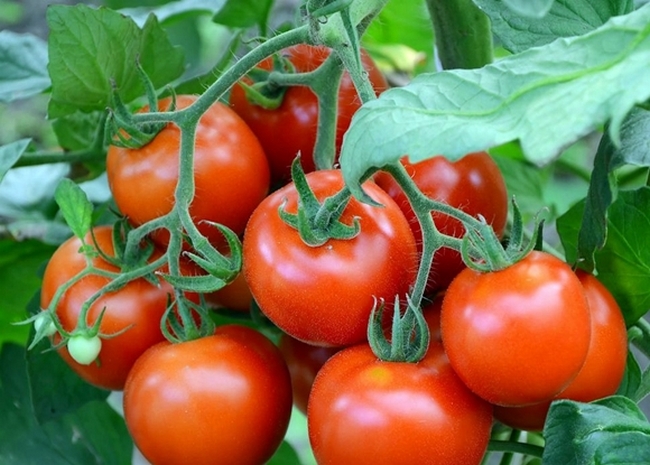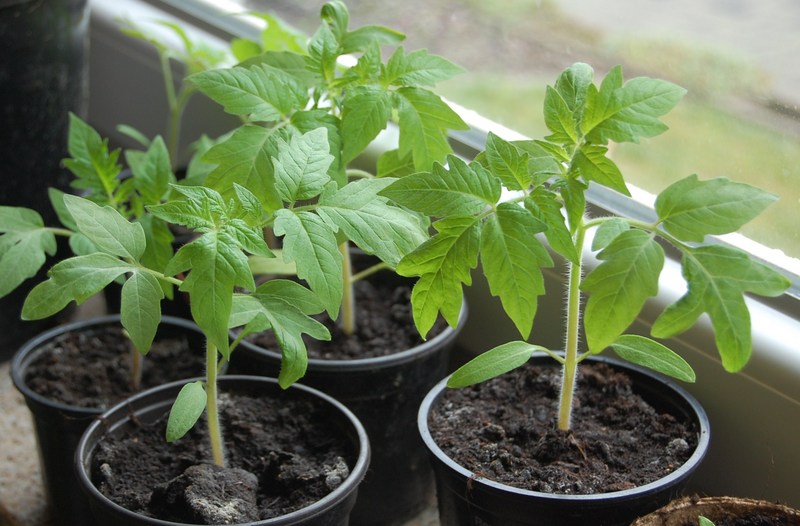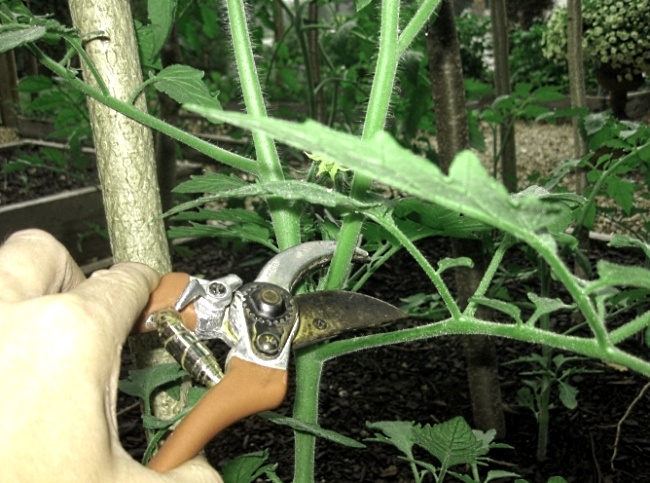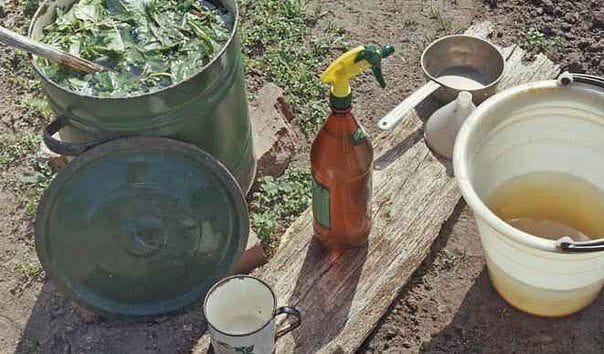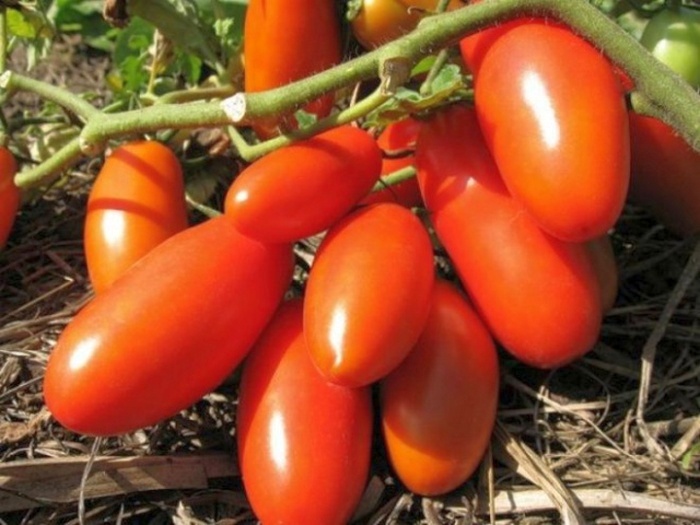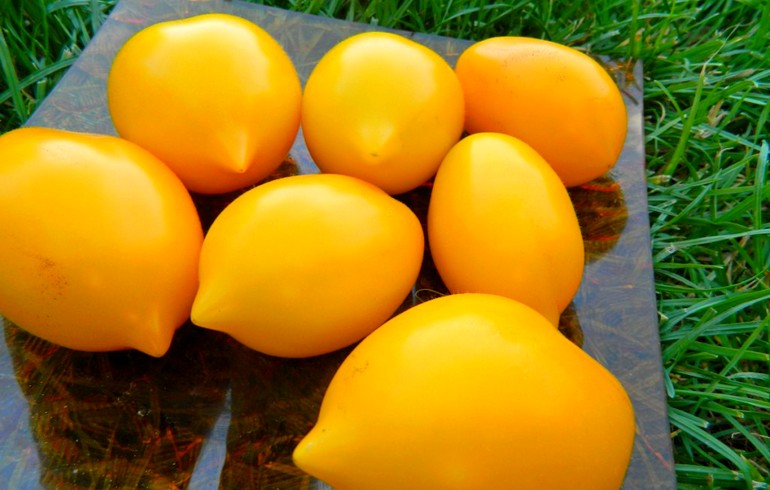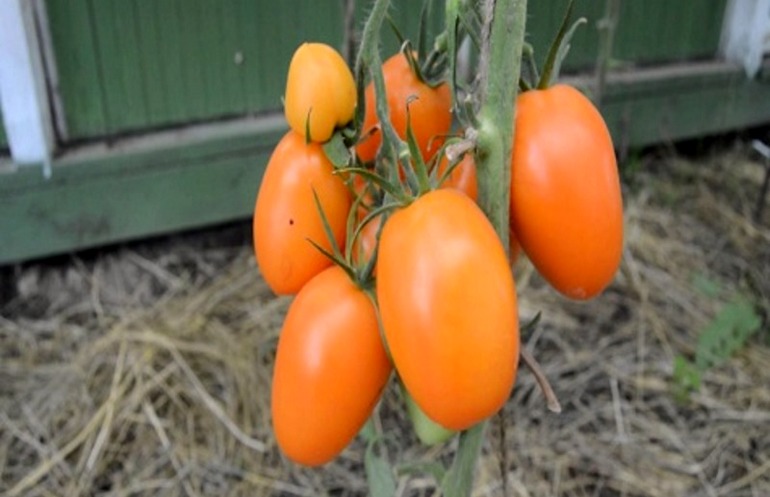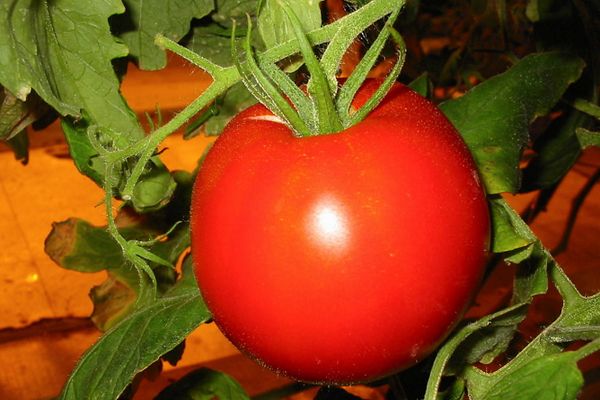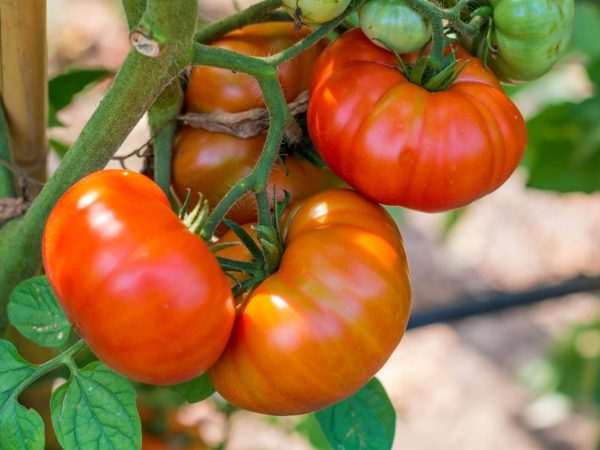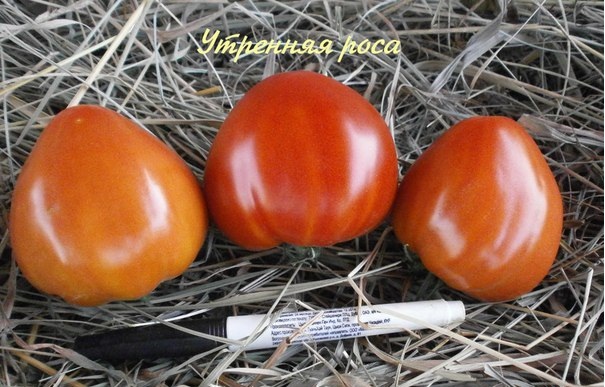Content:
Early ripe tomato varieties are always pleasing, but summer does not end in July, after the massive harvest of tomatoes at these ripening periods. You want to get fresh tomatoes from the garden until the end of summer and in the autumn months. To satisfy consumer demand, breeders offer hybrid varieties of late ripening, like the Dobry tomato variety.
Characteristic features of the variety
The Dobry tomato variety is intended for cultivation in a greenhouse. This powerful indeterminate type (unlimited growth) plant belongs to the group of tall tomatoes. The bush reaches a height of up to 2 meters, which requires a mandatory tie to the support and the formation of a plant into one stem by pinching the side shoots. This is a recommendation from breeders. The leaves of the plant are large, dark green in color.
Fruit
Tomato Dobry f1 has dense, deep red fruits, the shape of which is flat-round, of medium size. The weight ranges from 140 to 170 grams. The pulp is fleshy, sweet. Fresh tomatoes are used in salads, thick tomato juice is obtained from tomatoes, due to the density of the fruit. Dobry tomatoes are suitable for preservation and have a wonderful property - they are well stored and transported.
Maturation
Dobry belongs to the mid-late varieties. Ripening begins four months after sowing the seeds. That is why it is recommended to cultivate it in a greenhouse, since in the garden it will not have time to ripen before the cold weather. Brushes on bushes form until October. The yield is noted as high. With good proper care, you can get up to five kilograms of selected sweet tomatoes from each bush, or up to 10-13 kg from 1 square meter of area.
Agrotechnics
Seed preparation
Not all seeds of this hybrid are pre-sowing preparation. When purchasing branded seeds, you need to read what is written on the package. Sometimes producers themselves prepare the seeds for sowing. These seeds will cost more.
If the seeds have not passed pre-sowing preparation, you need to do it yourself. To obtain disease-resistant seedlings, seeds placed in a cloth bag are treated for 20 minutes in an aqueous solution (1 g of crystals for 1 glass of water) of potassium permanganate, and after the procedure, the seeds are washed.
The next type of processing is soaking in solutions of biological products that improve germination. You can take note of drugs such as Epin and Zircon. The time for soaking is 4 to 6 hours. Before sowing, you can harden the seeds by placing them in a warm place for a day, and then in a cold place for a couple of days.
Seedling preparation
Seeds are planted in prepared containers with a land mixture, which includes earth, humus and ash. The seeds are buried 1.5 cm in the ground at a distance of 2 centimeters from each other. The containers are covered with foil or glass to create a greenhouse effect and accelerate seed germination. The room temperature must be at least 24 ° C. The condition of the topsoil should be monitored. You need to moisten the ground from a sprayer in a drip method.
With the appearance of the third leaf on the plants, the seedlings dive one at a time into plastic cups.To better develop the root system, the main root is pinched during the dive.
In cups, the seedlings will grow for another month before planting in the greenhouse. At this time, the plants must be watered and fed with a solution of nitrophoska (15 grams of substance per bucket of water). A week before transplanting into the greenhouse, it is recommended to spray the bushes with a boric acid composition.
Greenhouse preparation
In the greenhouse, before planting tomatoes in it, disinfection is carried out. Wooden structures are fumigated with sulfur, and greenhouses with a metal frame are sprayed with a solution of bleach. The soil is changed every five years. The soil in the greenhouse is disinfected with Bordeaux liquid.
Planting seedlings in a greenhouse
Before planting seedlings, you need to add granular complex fertilizers to the soil. They gradually open up in the soil, feeding the roots of a young plant. Planting young plants in the greenhouse soil is simple:
- Two weeks before planting, the seedlings are brought into the greenhouse for acclimatization;
- At a distance of 50 cm from each other, holes are made 15 cm deep;
- At the bottom of the hole, complex fertilizers are laid out, which the plant will need in the first stages of its growth. These are nitrogen, potassium and phosphorus;
- Seedlings are deepened to the first leaf slightly at an angle so that lateral roots begin to form;
- The earth is compacted;
- Supports are installed, or from a peg installed near the plant, twine is pulled to the crossbar of the greenhouse. A growing plant will be attached to it.
Care
Top dressing
After planting the plants in the greenhouse, you need to fertilize every 10 days with complex fertilizers. In them, the content of nitrogen, phosphorus and potassium should be equal. You can feed under the stem with these fertilizers, dissolved in water. Foliar dressing can be carried out by spraying the leaves with a 0.2% solution. It does not depend on what top dressing: root or foliar, it is done every 10 days. They can be alternated. Foliar dressing should be carried out in the evening so that the sun's rays do not burn wet leaves.
Stepping
The Good hybrid is a tall plant that needs special care. Initially, the plant forms into one stem. Side branches and stepsons are removed, allowing the formation of clusters with fruits on the main stem. When pinching, extra leaves are removed, which interfere with normal air circulation.
The leaves must be removed after the fruits have begun to pour from the bottom on the first brush. Only in this case, you can remove the leaves before this brush with fruits. The upper leaves are not harvested, they feed the lower fruits.
Once the fruits are full, you can remove the next leaves above the brush, until the next one, which starts to pour. The procedure is repeated. In August-September, the stem will be almost naked. The leaves remain only at the top.
Garter
Tomato bushes Dobry require constant garters on the trellis as they grow. Timely airing the greenhouse is important for caring for tomatoes so that there is no waterlogging, which negatively affects the development of the bush. The greenhouse must have a constant flow of air and ventilation through the doors located on both sides.
Watering and temperature conditions
Tomatoes love the root to have constant moisture, and the foliage loves a dry climate. Therefore, certain parameters of moisture and temperature in the greenhouse should be observed. At night, the temperature should be 16-18 ° С, during the day - up to 25-27 ° С. If the temperature is higher and the greenhouse is not ventilated, pollen clumps or even dries up on the stigma of the pistil, as a result, there will be no pollination. That is, when gardeners observe that the brush bloomed, and only 2-3 fruits have set, a possible reason is the high temperature in the greenhouse.
Diseases and pests
Hybrid tomato varieties rarely get sick. They are immune to diseases such as viral tobacco mosaic and fusarium. The danger of tomato infection with late blight arises at high humidity, which is not excluded when growing tomatoes in a greenhouse, with improper care of them. The disease is expressed in the appearance on fruits, stems and leaves of brown spots, and under the leaves - white bloom. When signs of this disease appear, it is necessary to remove the damaged parts of the plant and treat the bush with Bordeaux liquid, Hom or Albit.
Frequent "guests" of greenhouses are slugs, spider mites and Colorado beetles. They affect tomato bushes and their roots.
Disease prevention measures
To exclude the possibility of contamination of tomatoes in the greenhouse, you need to follow the rules due to which the likelihood of infection with diseases is excluded or minimized:
- After harvesting and removing bushes, cultivate the greenhouse and land;
- Disinfect the greenhouse frame;
- Do not plant seedlings densely;
- Be sure to air the greenhouse;
- Fertilize the soil.
You can get rid of insects, slugs and beetles by spraying the bushes with folk remedies containing infusion of garlic, hot pepper and dandelion.
Advantages and disadvantages of the variety
Fruiting of tomatoes of this variety occurs much later than many of its counterparts, since it is initially considered late. But Dobry is fruitful, resistant to diseases, as, indeed, many hybrid varieties of tomatoes. A good variety in that its fruiting period is extended until the end of October. Tomatoes are perfectly stored for a month, and their integrity is not disturbed during transportation.
The disadvantages of this varietal hybrid, gardeners include the inability to grow it outside the greenhouse. In the open field, he does not have time to fully give a crop. Some gardeners consider the lack of the variety to be the need to pinch and form the plant, which takes a lot of additional time. But this drawback is controversial, since all tomatoes of the indeterminate group require pinching.
For those who find flaws in the Dobry hybrid, you can consider, as an option, the Svetlana tomato. The characteristics and description of the variety will meet the expectations of gardeners. This is a type of low-growing tomato varieties that do not require pinching and garter. In terms of ripening, the Svetlana tomato variety is mid-early, which means it will bear fruit all summer. It has round red fruits, weighing 400 grams. And most importantly, it is suitable for all types of culinary processing.
